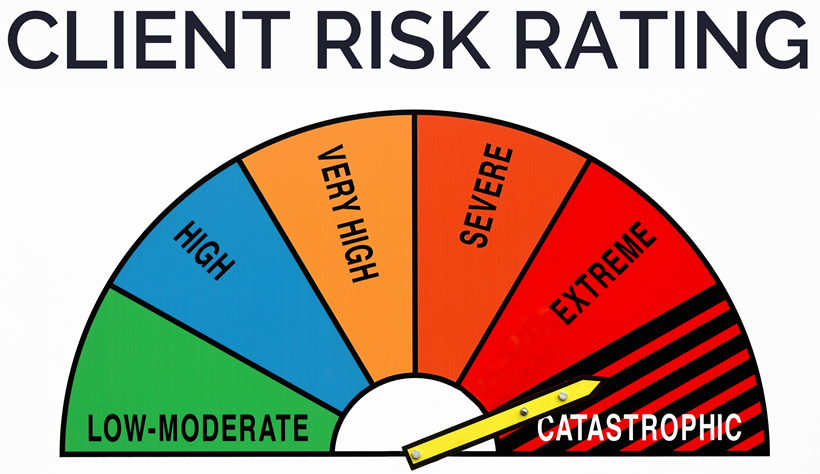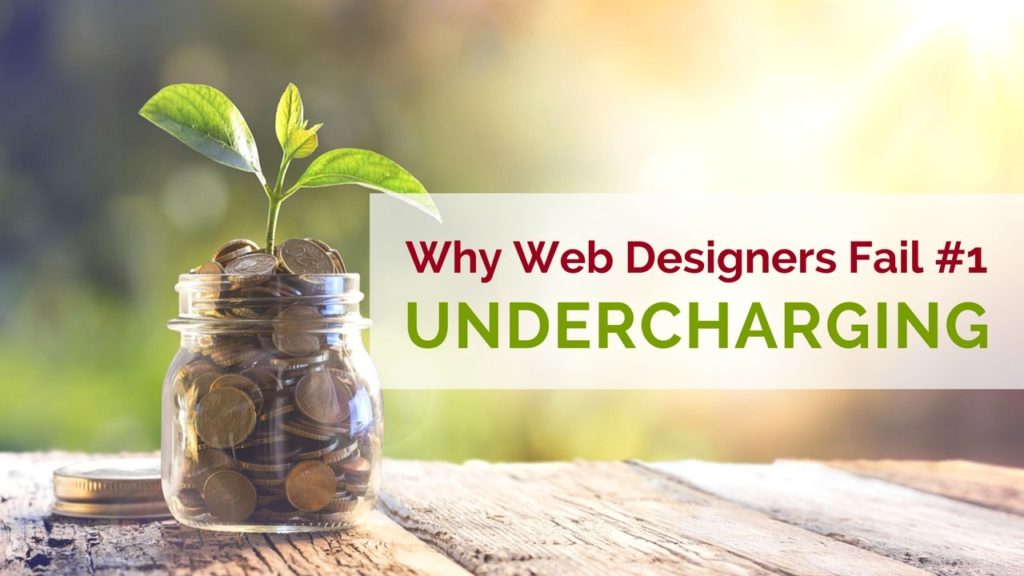Why Web Designers Fail #2 – Choosing the Wrong Clients

What do you mean choosing? I thought clients chose me? It doesn’t have to be this way. In fact it’s vital for the health of your business to develop a project selection process. This article helps you throw out the trash and bring in better web design clients.
“I’ve been told I need a website. I don’t know what that is, but it sounds pretty easy, so it shouldn’t cost much.”
Actual statement from prospect
Have you ever been in a situation where the alarm bells were ringing in your head, but you refused to heed the warning and went ahead anyway? Perhaps it was a relationship decision, or an opportunity to do something risky or simply a poor choice of words. We all do it, some more than others, and I’ll leave it to the psychologists to explain the whys. When it comes to the business of web design, you’ll often be faced with alarm bells and sometimes the most effective way to learn is to leap in and make mistakes. However if you find yourself constantly making the same mistakes, it will crush your spirit and ruin your business. One of the biggest mistakes web designers make is choosing the wrong clients. So let’s see if we can avoid some pain and discuss how to avoid this common mistake.
Yes, you can control which projects you take on. Not so much at the start, as you need to accept pretty much anything that comes your way. But as you grow your business, you can decide which projects you take on. This starts with qualifying prospects to determine if you will be a good fit for each other. Look for danger signs and rate each client before accepting a project.

The Danger Signs
Only interested in the price – Of course the cost of the website is a major decision. However if a prospect starts the conversation discussing price or keeps coming back to it, that’s a potential danger sign. This is possibly occurring because you did a bad job explaining how the website will benefit their business. As I discuss in my post about web designers undercharging, your conversation should be focussed towards the website being an investment. However some refuse to see this and if they’re constantly focussed on the price, it might be an indicator that they will be a difficult client.
Refuses to sign agreement – A prospect becomes a client at the point where a signature is placed on paper and the deposit is paid. If a prospect isn’t prepared to do this because they “don’t do contracts” or some other lame excuse, then they’re not committed. This will mean a mediocre result at best, but more likely the project will never get finished or end up in scope creep hell.
Unrealistic expectations – One question every designer wants to ask is “what’s your budget?” However this rarely receives a helpful response and can turn the conversation frosty. However asking questions such as “what are you hoping to achieve with the project”, “when do you need it to be completed?” and “how many hours can you put aside to produce content?” will give you an idea if the prospect’s expectations are realistic or not. If their expectation is that it must be completed within 2 weeks and triple revenue within 3 months, then it’s time to walk away.
Will not commit to planning time – one thing web designers need to do more of is planning. If you think about it, the part of the process that takes the most time is planning and content development. Once you have this in place, it doesn’t take that long to produce the actual site, as long as there’s not much programming involved. As such, you need the client’s help – usually a lot of it. As part of your presentation, you can ask them to commit to putting aside however many hours you think is necessary to work together on the planning and content. If you can’t get that commitment, then you know it’s going to be a struggle.
Thinks it will be easy – It’s not uncommon for a prospect to under appreciate the complexity of a web design project. Part of the sales process is to educate them in this respect. If you don’t feel they accept this, then you could be in for trouble.
Bad reviews – Ideally you should work with great businesses. Before your first meeting, read some online reviews as these can provide valuable insights.
Trust your gut – you are the best judge and if you have reservations, then there’s probably good reason for it. Listen to those alarm bells and don’t be afraid to walk away. There are plenty of other opportunities.
The Graceful Exit
What do you do if you have already started a conversation with a prospect and you decide you don’t want to do business? “I don’t want to do business with you” isn’t exactly a tactful approach. Here’s a few ways to bow out gracefully:
Quote a high price – of course this is dangerous because they might accept it, but in that case perhaps you’d be prepared to put up with their difficulties.
Delay, delay, delay – you can always say you’ll get back to them when you have time. Of course that time may never come. In the event that they follow you up, you can always apologise and explain that your regular work is taking longer than you anticipated (which is always true!) and that you will not have time to take on their project.
Force them to fail – get them to do something hard such as research their 10 competitors and list five things they like and dislike about their websites. Explain that they will need to email this to you within a week. Almost no one is prepared to do this, so no further engagement will be necessary.
How to Choose Better Clients
Qualification starts at the first encounter. Constantly ask yourself if you feel that you and your prospect are a good fit for each other. Some specific ways to arrive at this decision include:
- Ask how the business started. Are they the original owner or was the business purchased? What motivated them to start or buy the business?
- Ask what their goals are for the project.
- Ask which of their team members will be available to work on the project.
- Find out about the company structure. Are you talking with the decision maker?
- Flip the conversation. Instead of trying to sell to them, make them want to buy from you. Ask for commitments during the sales process such as “you will need to set aside 30 hours of time to work on the planning. How will you be able to do that?” This achieves 2 things; you’re no longer selling, they’re buying. And if they don’t make this commitment, they’re not a good choice.
Choosing better clients should be one of your key metrics. You’ll earn more and you’ll enjoy your work a lot more too.
If you have tried starting a web design business in the past, but struggled getting it off the ground, then check out my training course – Kickstart Your Web Design Business. This online, self-paced course takes you through all the basics to help you get your web design started and off to a solid start.







Responses